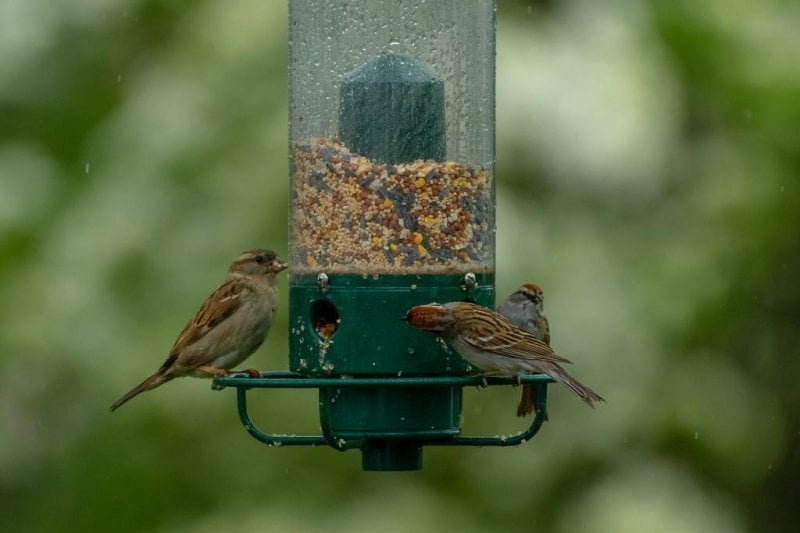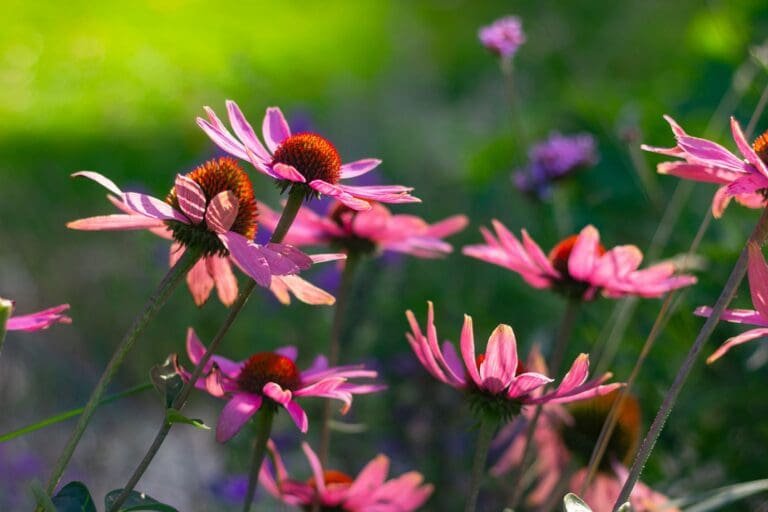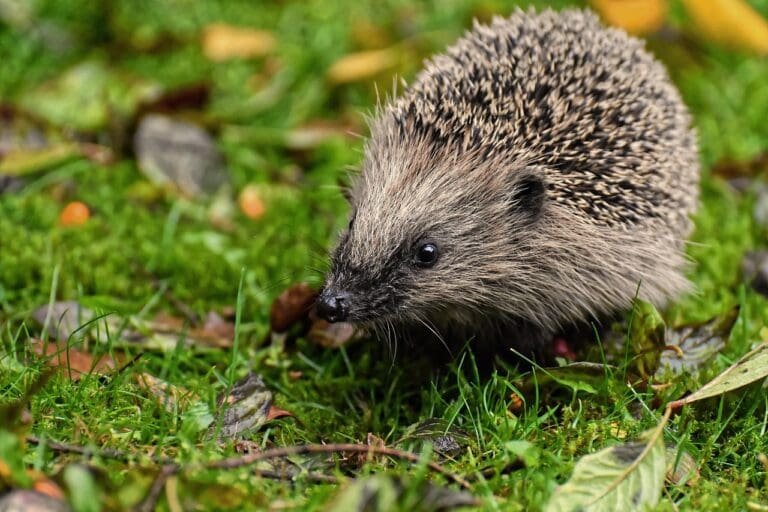For many gardeners, putting up a bird feeder is one of life’s simple pleasures. Watching our feathered friends flutter in to snack at the seeds we’ve left out for them brings a certain joy and connection to nature. However, the frustration can be real when you’ve set up what you think is the perfect bird-feeding station, only to find the birds aren’t interested. So… why aren’t birds coming to my bird feeder?!
Don’t despair! There are several easy things you can try to make your bird feeder more enticing to local species. Here are some of the top reasons birds may be snubbing your feeder, along with solutions to bring in more winged visitors.
Top Tip
Position your feeder near trees for cover, provide fresh quality seed, and keep the area clean and peaceful to attract more feathered friends.
This post contains affiliate links which means we may make commission from any qualifying sales with no extra cost to yourself.
Why Aren’t Birds Coming to My Bird Feeder?
The Importance of Location
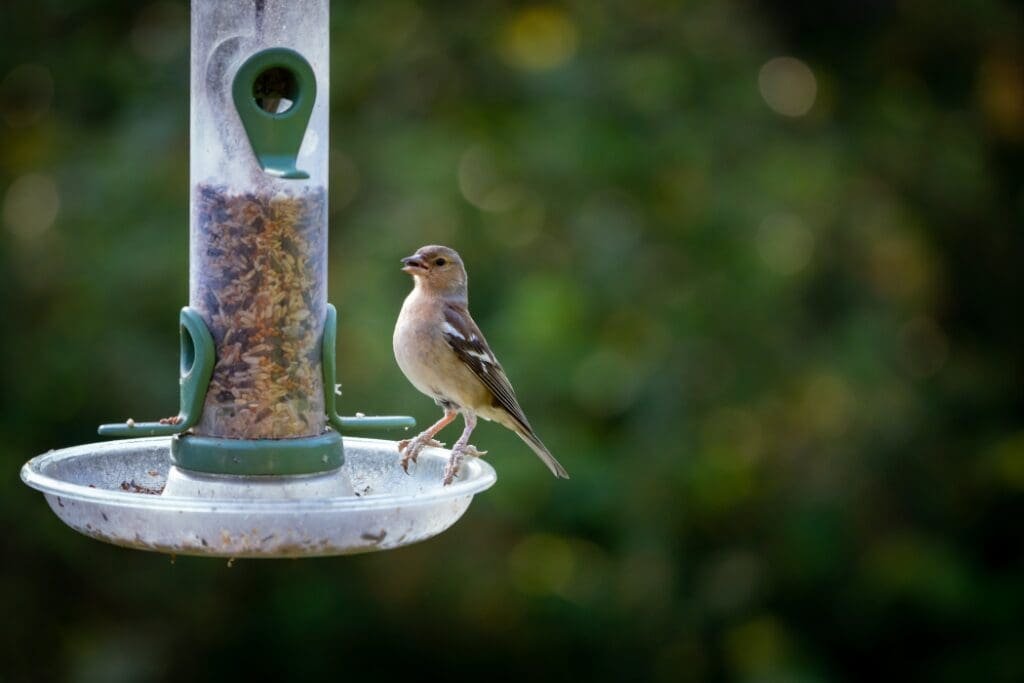
Where you place your feeder in relation to trees, shrubs, and other features can make all the difference. Birds like to feel safe when they are feeding, so they prefer feeders that are:
- Near trees or shrubs they can quickly dart into to hide from predators
- At least 10 feet away from windows, where they may fly into the glass
- Not too close to leaf piles or woodpiles where cats and other predators may hide
- Positioned so birds have a clear view of their surroundings as they eat
Make sure your feeder placement checks these boxes. Sometimes moving a feeder just a few feet can dramatically improve bird traffic.
Quality and Type of Bird Feed
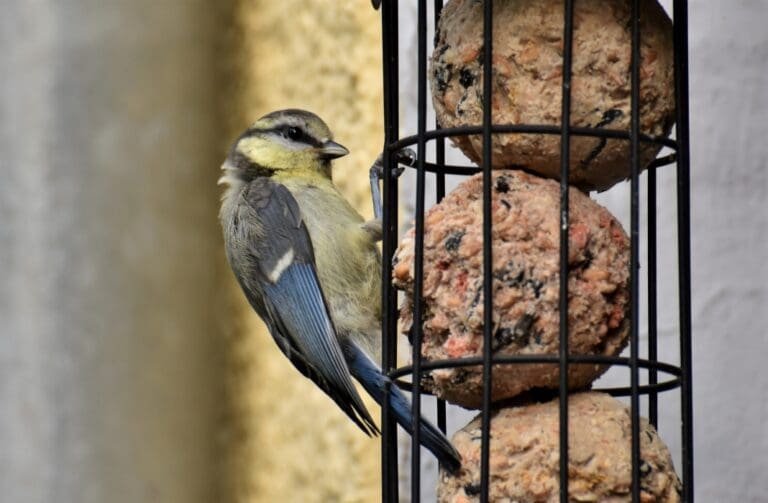
Not all bird seed is created equal. The type and quality of the food you put in your feeder will influence which birds come calling. Here are some tips:
- Go with premium seed mixes – Avoid cheap “birdseed mixes” with lots of filler grains birds won’t eat. Stick to quality mixes.
- Consider single-type seed – Some feeders work better with single types like just sunflower seeds. Choose seed by the birds you want to attract.
- Avoid old or spoiled seed – Discard seed that smells musty or is past its “best by” date. Moldy seed can harm birds.
- Skip “wild bird food” mixes – Those with dried fruit, nuts, etc. tend to spoil quickly. Stick to basic seeds.
Give the seed some attention, and the birds will thank you!
Seasonal Changes and Migratory Patterns
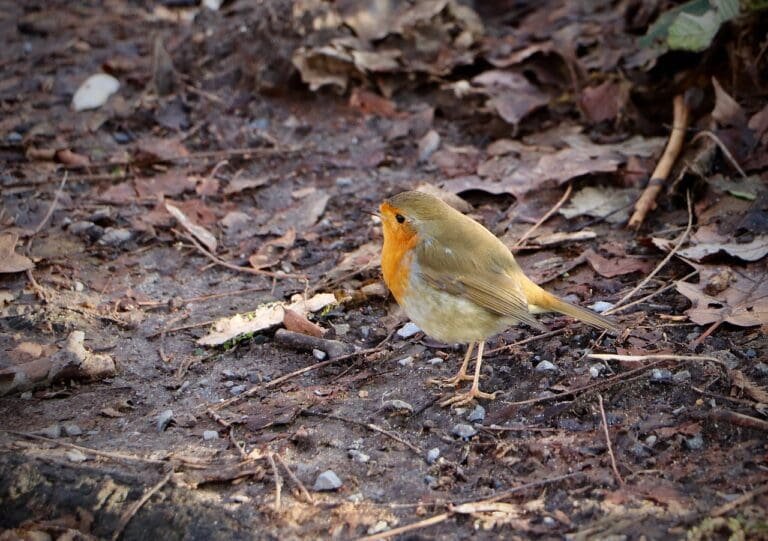
As the seasons change, so do the species of birds likely to visit your yard. The birds at your winter feeder may completely change come spring and summer. Consider these seasonal tips:
- Use more black oil sunflower seeds in winter to attract chickadees, nuthatches, etc.
- Offer fruit, nectar, and insects in spring/summer for migrants and nesting birds.
- Understand natural food sources impact feeder visits. More birds will come in winter when natural food is scarce.
- Accept fluctuating feeder activity as a natural part of bird behaviour and migration patterns.
As bird populations shift throughout the year in your area, your backyard buffet may get more or less traffic. This ebb and flow is normal as birds react to seasonal changes.
Presence of Predators

Birds want to feel safe when visiting your feeders, so the presence of predators like outdoor cats or larger birds of prey can deter them. Here are some solutions:
- Place feeders in open spots away from dense shrubs where cats may hide in wait.
- Use feeders with weight-sensitive perches that close access to heavy predators.
- Install deterrents like wire mesh guards or plastic prongs to keep larger animals away.
- Discourage prowling cats by spraying perfumes, planting prickly shrubs, or using motion-activated sprinklers.
Taking simple steps to make birds feel secure can bring many more to your feeders.
Cleanliness and Maintenance of Feeders
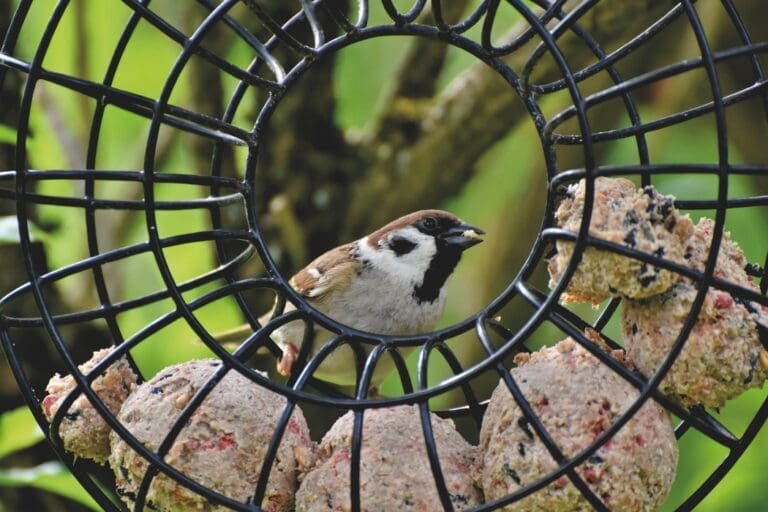
A clean, well-maintained feeding station is much more appealing than one covered in sticky, moldy mess! Follow these tips:
- Clean feeders regularly with a dilute vinegar solution to kill bacteria.
- Use a bottle brush to scrub away old seed, droppings, etc.
- Rake up and dispose of discarded seed hulls and droppings to prevent disease.
- Refresh birdbath water daily and scrub weekly to keep clean.
- Prune back vegetation that may drip sap or rainwater onto feeders.
The cleaner your feeders, the healthier your feathered visitors will be.
Types of Bird Feeders and Their Appeal

With so many types of bird feeders available, from basic tray feeders to enclosed mesh feeders and beyond, it can get confusing. Here are some popular options:
Tube Feeders
- Enclosed design with perches protects seed from weather.
- Popular style for many common feeder birds like finches.
- Allows you to use specific seeds tailored to certain species.
Platform/Tray Feeders
- Open design easily accommodates many birds at once.
- Allows birds like doves and jays to feed comfortably.
- Can be messier as seed gets scattered.
Suet Feeders
- Offering suet attracts woodpeckers, nuthatches and other insect eaters.
- Tailor suet to birds’ needs with seeds, nuts, fruit, etc.
- Use mesh cages or other covers to protect suet cakes from melting.
Hummingbird Feeders
- Must have nectar ports accessible by hummingbirds.
- Should be easy to clean and fill.
- Location should be sheltered from wind.
Try different feeder styles in optimal bird feeding spots. See which your feathered friends like best!
Activity Around the Feeder
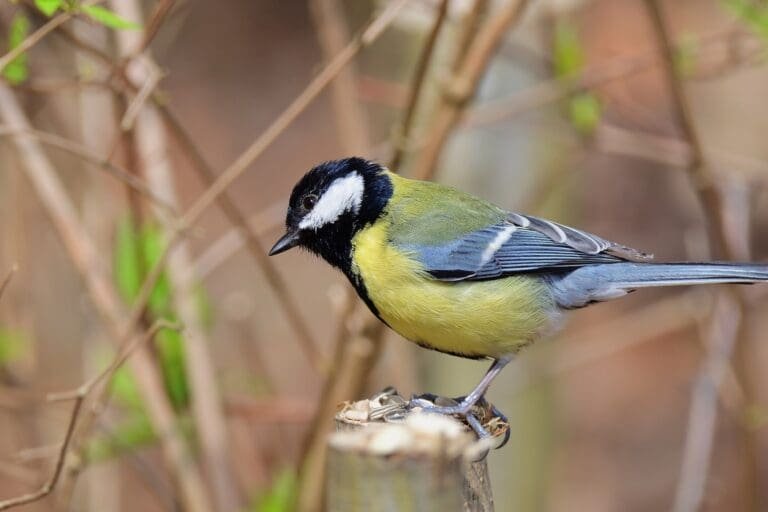
Too much commotion and noise can make birds uncomfortable. Here are some tips for creating a serene space:
- Position feeders away from children’s play areas, loud machinery, or work areas.
- Discourage free-roaming pets from disturbing birds.
- Avoid pruning, mowing, etc. around feeders when birds are active.
- Minimize other disruptions like loud radios, barking dogs, etc.
The more peaceful your space, the more comfortable birds will feel spending time there.
Competition from Other Birds
Aggressive species like starlings, crows, grackles, and others may scare off smaller birds. Solutions include:
- Offer separate feeders far apart to reduce squabbles.
- Choose feeders with small perches or ports excluding larger birds.
- Use feeders that close when a heavy bird lands, protecting seed.
- Offer suet feeders that woodpeckers and nuthatches love, away from main feeders.
With some tweaks, you can meet the needs of all species.
Attracting Birds: Additional Tips
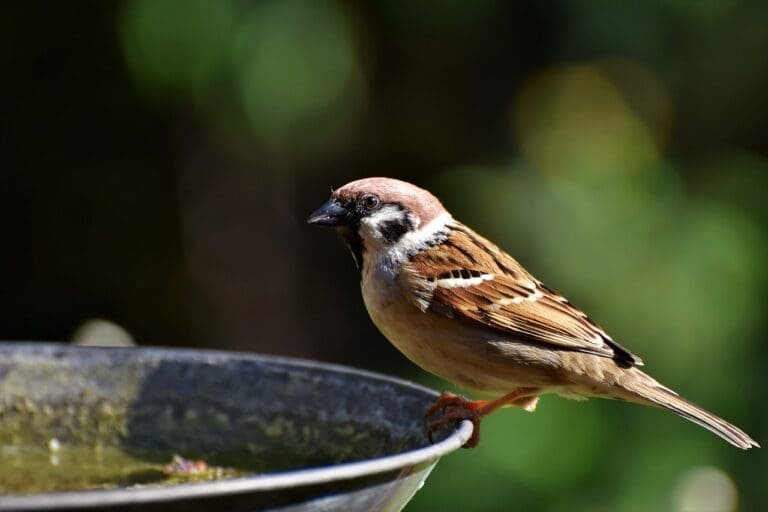
Beyond addressing issues above, a few more tips for making your space irresistible:
- Add a birdbath or fountain – A water source provides drinking and bathing spots.
- Offer fruit – Oranges, berries, raisins, etc. are treats birds relish.
- Provide natural cover – Plant native trees, shrubs, and flowers birds use for shelter and nesting.
- Avoid pesticides – Chemicals can poison birds. Use natural gardening methods.
The more you work to understand birds and their needs, the more likely your feeder is to become a popular hub of activity. Be patient, experiment, and above all enjoy watching your new feathered friends!
Final thoughts – Why Aren’t Birds Coming to My Bird Feeder
Following the tips in this post, reviewing your bird feeding practices, and making a few adjustments should soon have the birds flocking back to your feeder. Don’t give up! With a welcoming habitat and a well-stocked feeding station, you’ll be rewarded with active happy birds gracing your garden. Enjoy the beauty, songs, and companionship of your new wild neighbours.
Frequently Asked Questions
Q. Why did birds stop coming to my feeder?
The most likely reasons birds abandon a feeder are 1) the seed became old, moldy, or wet, 2) the feeder was placed too close to a window or other hazard, or 3) predators began showing up that the birds didn’t feel safe from. Evaluate those factors and make adjustments.
Q. How often should I clean my bird feeder?
For best health of birds, feeders should be cleaned every 2-4 weeks. Use a diluted bleach or vinegar solution. Rinse well and allow to fully dry before refilling. Clean more frequently during rainy weather when seed spoils quicker.
Q. What is the best bird feeder to buy?
Tube and platform feeders made of good quality wood or steel, with drainage holes and removable bases for cleaning, are ideal for beginners. Look for reputable wild bird brands. Beyond a basic feeder, consider one made for suet, hummingbirds, etc.
Q. Where should I hang my bird feeder?
Look for a location about 5-10 feet off the ground near trees or shrubs birds can quickly fly to for cover. Avoid windows and areas where predators roam. Position it so you can enjoy watching from indoors and easily reach it for refilling and cleaning.
Q. How can I stop squirrels from eating all my bird seed?
Use feeders with weight-sensitive perches, offer safflower or thistle seed squirrels dislike, or add squirrel guards. Consider a pole system to suspend the feeder on a wire. Keep other feeders full to reduce the squirrel’s focus on the bird feeder.

